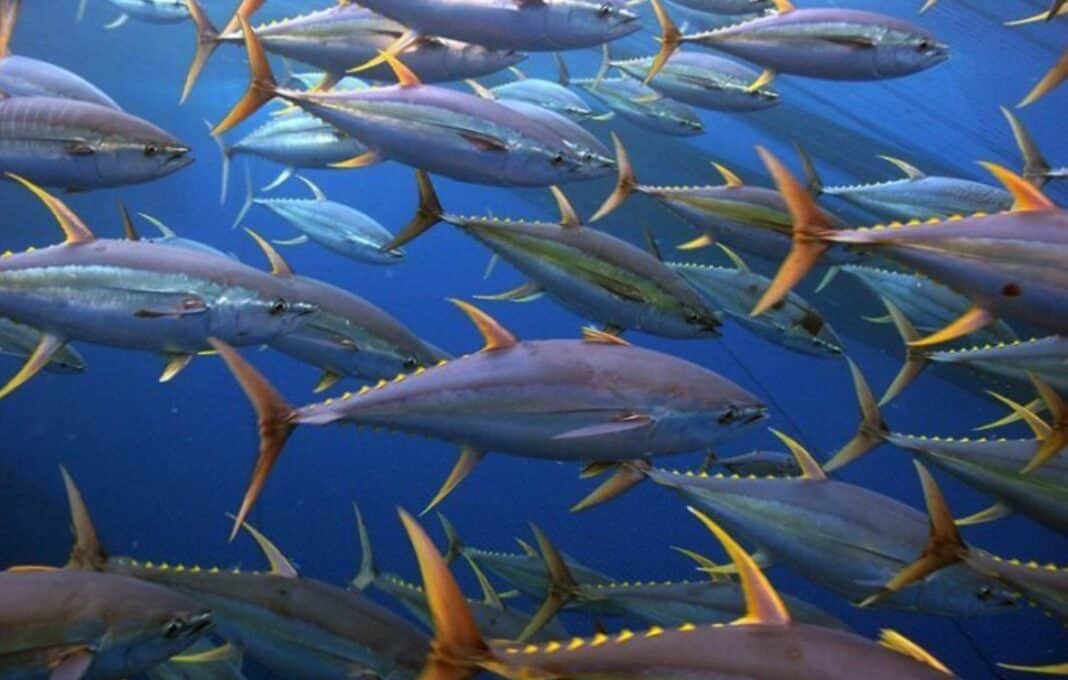Alternative seafood sources may hold the key to being able to manage fish stocks around the world sustainably.
Regardless of the scope of fisheries management, there will not be enough fish in the ocean to feed a global population of 10 billion people.
While fisheries management can help alleviate the burden of overfishing on our oceans, it ultimately involves imposing limits on wild-caught fish. These can include restrictions on when and where fish can be caught, as well as regulations on allowed fishing methods and more. However, even the best-managed fishery is limited by an upper threshold of annual fish yield.
Undoubtedly, improved management practices are vital to mitigating overfishing and preserving our marine ecosystems. However, another option exists, one that is often overlooked, which is alternative proteins.
Plant-based and cultivated seafood offer hope in meeting the food needs of a growing global population while taking off the pressure on conventional fishing industries. By embracing these innovative alternatives, significant steps can be taken toward safeguarding the oceans and ensuring a sustainable future.
One important aspect of alternative seafood production to note is climate change. At the same time, research into the emission-related impacts of both conventional and alternative seafood remains in its early stages. Initial findings point to the immense potential of diversifying seafood supply with plant-based and cultivated alternatives.
When these are produced using renewable energy, they seem to have a massively reduced impact on the climate, compared to traditional production methods.
By far the biggest impact of alternative seafood production is that it sidesteps two major sources of emissions tied to conventional methods: the reliance on fuel-driven fishing vessels and the production and transportation of aquafeed which is required for aquaculture operations.
Read more about what can be done here.

